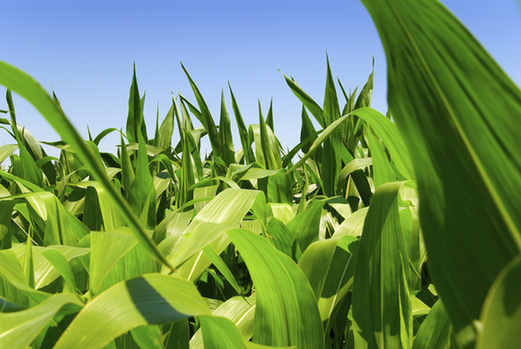Biomass is made of organic and degradable materials, used to create fuel and energy for electricity and other purposes. It is a completely renewable source of energy. Biomass fuels can be made of scrap lumbers, some crops, woodland debris, manure and other kind of wastes. Biomass will always exist, as wastes from building and demolition, paper making leftovers, forest debris can be easily found and created constantly. This eco-friendly energy source will continue to exist in the future as long as the forests and crops exist.
Biomass fuel can be produced of agricultural residues, industrial leftovers and food wastes as well, besides from woods and crops. Unfortunately raw biomass has low energy thickness. That’s why it is uncomfortable and ineffective for storing and transportation, as well as not suitable to be used without being pre-processed. But after pre-processing, the biomass creates fuel and energy source, which is ecological and effective.
Many people have second thought about using biomass as a heating and electricity source. It can be inconvenient to some extend and sometimes expensive, but will create a lot less pollution in the atmosphere. There are a lot of modern systems, creating energy and electricity, using fossil fuel as source, which can be installed and used in your homes. Biomass can be used to create fuel for stoves and boilers. Biomass energy can be used the simplest way by burning it. Instead of burning the energy in an indoor space, much more effective will be to be burnt in an open space. The heat, which biomass creates, can be used to keep any disclosed area, room and even whole buildings warm. The energy is created by a biomass boiler.
There are plenty of technological systems for heating and creating electricity, based on biomass as a fuel source. Some technologies convert the heat from biomass into another chemical form. There are also some experimental and less popular conversions. There are a lot of processes, which transform the biomass into another form, which is much easier transported, used and stored. Biomass is made entirely of natural materials and doesn’t leave any harmful gases in the atmosphere, after being released.
The most used sources of biomass in the UK are the forests, parks and woodlands. They provide a couple of million tonnes of wood every year, used for biomass fuel, made of branches, woods and forests leftovers. Biomass can be used for producing power, heat, as well as combined heat and power. These are some of the big advantages, which biomass has a fuel source.
Energy crops can also be used as a biomass fuel source. These crops are plants that are planted with the purpose of producing fuel or later be converted into some kind of fuel. These plants are usually trees – Willow, Poplars and others. A lot of wood wastes, paper, sewage and textile leftovers can be used as a biomass fuel source. Plenty of woods, logs, sawdust, wood chips, wood pallets and briquettes can be converted into biomass energy. Straws, poultry litter, corn stover are dry residues, which can be processed and turned into eco-friendly biomass fuel.
The municipal solid wastes, the residues from forests, agricultural leftovers and some trees, planted for energy crops, can be used for creating the renewable energy source, which is the biomass. Instead of wasting these residues and throwing them away, they can be used for creating heat and energy, necessary for our lives. As the technologies develop, more new devices for heating and providing electricity are created, using biomass. It gives us the opportunity to turn unusable wastes into renewable energy source, which has future and can help us diminish the pollution in the atmosphere.
For more info visit TenancyCleaners Chelsea

